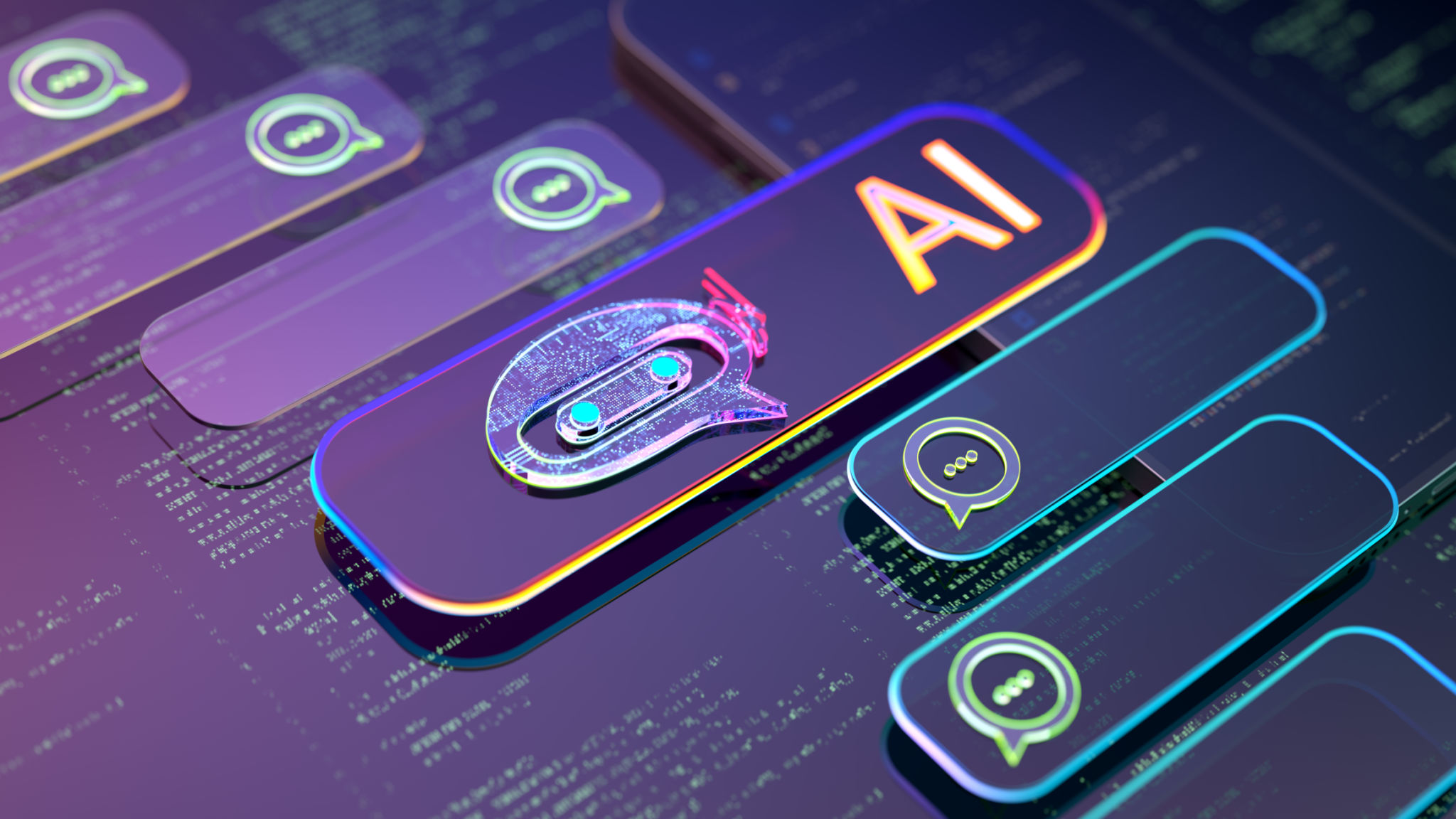The AI Video Invasion: How Synthetic Content is Overwhelming Social Media and Sidelining Real Creators
In the fast-paced world of social media, where attention is currency, a new player has entered the arena: AI-generated videos. From TikTok dance challenges to Instagram Reels and YouTube shorts, platforms are being flooded with content created not by human hands, but by algorithms. As of 2025, AI tools have made it easier than ever to produce high-quality videos at scale, leading to an unprecedented influx that's reshaping the digital landscape. But while this technology promises efficiency, it's raising alarms about authenticity, creativity, and the very future of content creation.

Can you spot the difference? AI videos often mimic real ones closely, but subtle flaws give them away.
The rise of AI videos isn't just a trend—it's a tidal wave. Reports indicate that spammers are using AI to "brute force" platforms with massive volumes of content, hoping a few go viral and rack up millions of views. For instance, AI-powered tools can repurpose existing media into short clips, enabling some creators—or rather, automated systems—to earn substantial revenue from viral hits. This exponential growth is revolutionizing how content is produced and consumed, with AI alleviating administrative burdens for users and potentially enhancing experiences if managed well. However, the sheer volume is overwhelming feeds, making it harder for genuine content to surface.

The Toll on Authentic Creators
While AI can boost productivity—such as increasing the use of titles and hashtags in videos—its mass deployment is proving detrimental to human creators. The flood of synthetic videos dilutes the pool of authentic content, forcing real artists, influencers, and storytellers to compete against tireless machines that can churn out material 24/7 without breaks or creative blocks.
One major issue is oversaturation. Social media algorithms, designed to prioritize engagement, often favor the novel and abundant, giving AI content an edge simply due to volume. This "brute force attack" approach means platforms are inundated, reducing visibility for original works and potentially lowering ad revenues for creators who rely on views and sponsorships. Moreover, AI's mimicry of human styles raises concerns about intellectual property theft, as models are trained on vast datasets of real videos, often without permission.
Authenticity suffers too. In an era where trust is paramount, AI videos can spread misinformation or propaganda, eroding the credibility of all content. Creators who pour heart and soul into their work find their audiences skeptical, questioning if what they're seeing is real. This not only hurts engagement but also devalues the human element—the imperfections, emotions, and unique perspectives that make content resonate. As one analysis puts it, while AI whispers ideas, it's the creators who make the magic. Without safeguards, this influx could lead to a homogenized feed where genuine voices are drowned out, ultimately stifling innovation and diversity in digital storytelling.
Spotting the Fakes: Tips to Identify AI-Generated Videos
As AI videos become more sophisticated, distinguishing them from real ones is crucial for users and creators alike. Fortunately, there are telltale signs rooted in the technology's current limitations. Here are some practical ways to spot them:
Examine Faces and Hands: AI often falters on intricate details. Look for unnatural eye movements, overly smooth or perfect skin, or glitches in facial expressions. Hands might appear with extra fingers, merged digits, or awkward poses.
Check Lighting and Shadows: Inconsistencies here are common. Watch for unnatural shadows, flickering lights, or mismatched colors that don't align with the scene's physics.
Analyze Motion and Physics: Real videos follow natural laws—objects fall realistically, fabrics move fluidly. AI might produce jerky animations, impossible physics, or repetitive patterns in textures.
Look for Artifacts in Backgrounds: Missing or misplaced objects, nonsensical text on signs, or blurred edges can indicate AI generation.
Assess the Overall 'Vibe': AI videos often feel "off"—gestures lack purpose, or the pacing seems unnatural. Once you've seen a few, this intuition sharpens.
Use Tools and Labels: Some platforms are implementing watermarks or AI-detection features, though adoption is spotty. Third-party detectors can analyze videos for synthetic traits.
By honing these skills, users can better navigate the digital minefield and support authentic content.

In conclusion, the mass influx of AI videos on social media is a double-edged sword—offering tools for efficiency but threatening to undermine the human creators who built these platforms. As we move forward, balancing innovation with authenticity will be key. Platforms must implement better detection and labeling, while users and creators advocate for transparency. Otherwise, the creative spark that makes social media vibrant could be extinguished by an algorithm's cold glow. Stay vigilant, support real talent, and remember: in a sea of synthetics, authenticity is the ultimate differentiator.